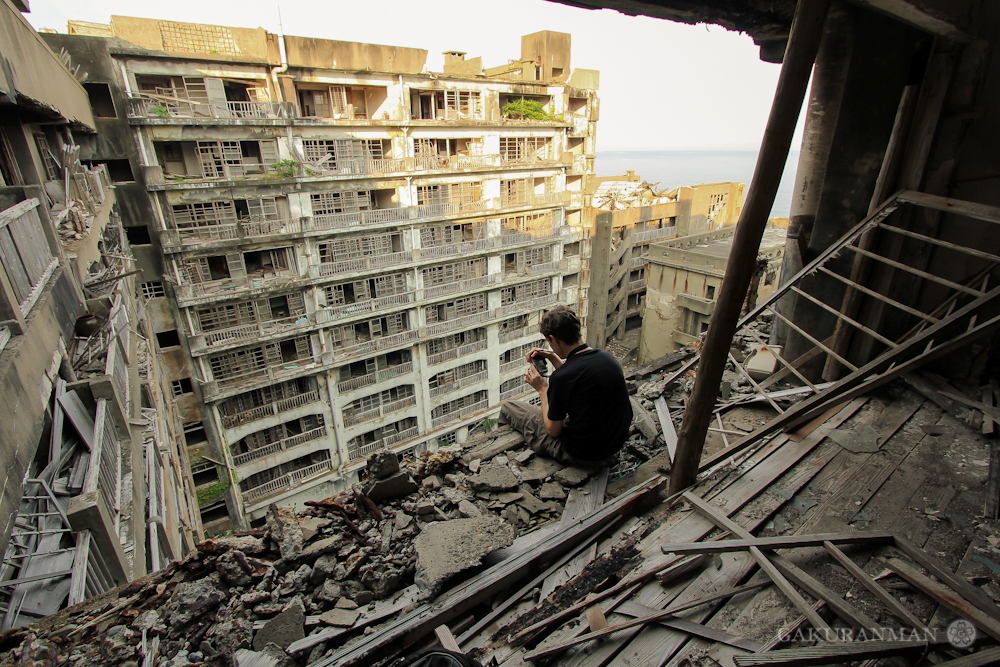
By Haikyo
Gunkanjima
– every urban explorer’s dream. A deserted island of concrete ruins
slowly crumbling away off the West coast of Japan. Travellers have long
been forbidden to land there and view the secrets within its walls. But
with an awesome guide and a little luck, I was able to do just that.
Night Infiltration?
Gunkanjima (軍艦島) – literally ‘Battleship Island’ – is the nickname
for Hashima Island (端島), named so because it has an uncanny resemblance
to a military warship. Once just a small reef, the discovery of coal in
1810 led to the installation of mining facilities and eventually gave
rise to a population, all densely packed into a self-contained
metropolis.
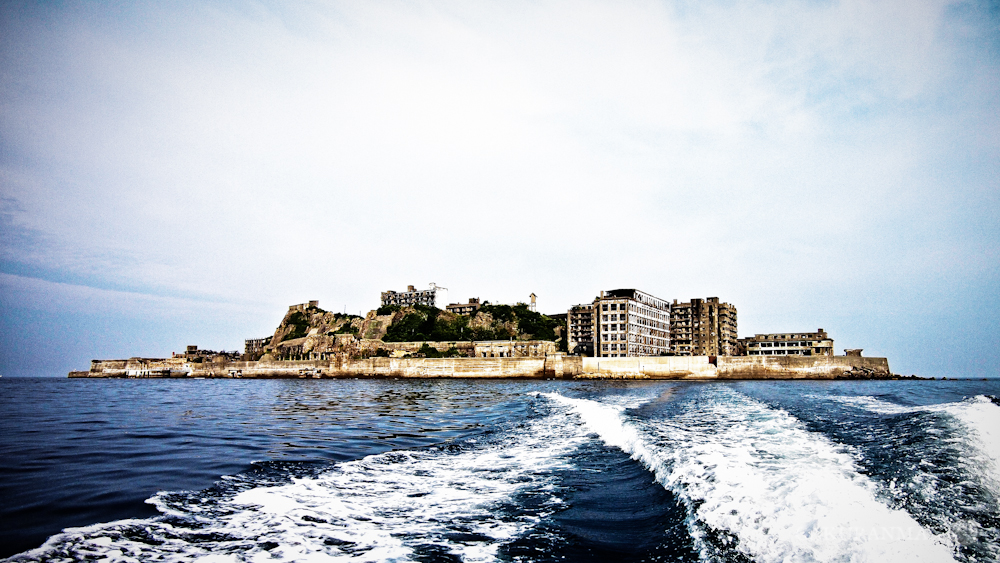
But by 1974, the dream was gone. Petroleum came in place of coal, the
mines were shut down and the now jobless workers were forced to leave.
In a matter of days the island was deserted – everything left exactly as
it was, to slumber eternally in the same position like a broken clock
face.
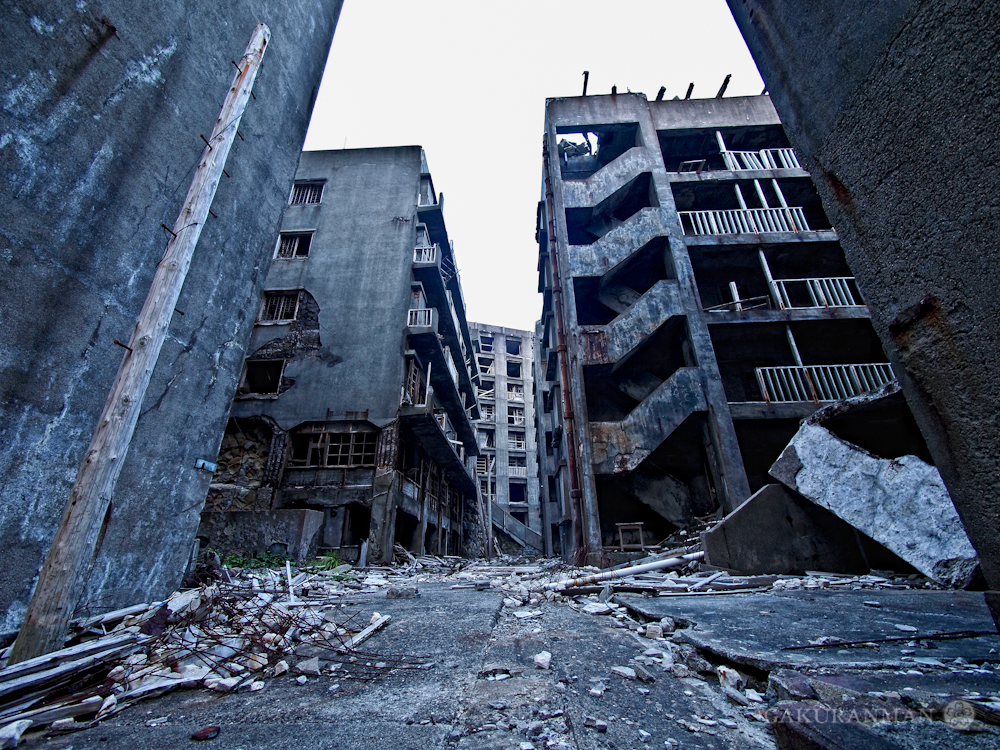
Since then visitors have been prohibited to land on this haikyo (ruined) island. Right up until April 2009,
anyway. The landing ban on Hashima was lifted and the first tourist
boats in years were to be allowed to land. My dream of secretly
chartering a boat and infiltrating the place under cover of night was
dashed.
They made it into a tourist attraction?? How could they!?

But my disappointment was not to last. While it is true that it is no
longer illegal to land on the island through the designated tours, it
is still prohibited to for individuals to explore deep inside. All the
interesting places like the well-known ‘Stairway to Hell’ or ‘Block 65′
may as well be invisible for all the view you’ll get from behind those
shiny white safety bars. Yes, it was clear no tourist trip was going to
satisfy my curiosity to walk the corridors of a 100-year old structure.
Live site or not, I needed to get inside those concrete relics.
An Impenetrable Fortress
It seemed like an impossible feat, and certainly not one I could
undertake by myself. Even if I could get to the island, navigating it
safely and in a timely manner would be tremendously difficult. It was my
good fortune then, to meet Ikumi. Concept Designer by day; Urban
Explorer by night.
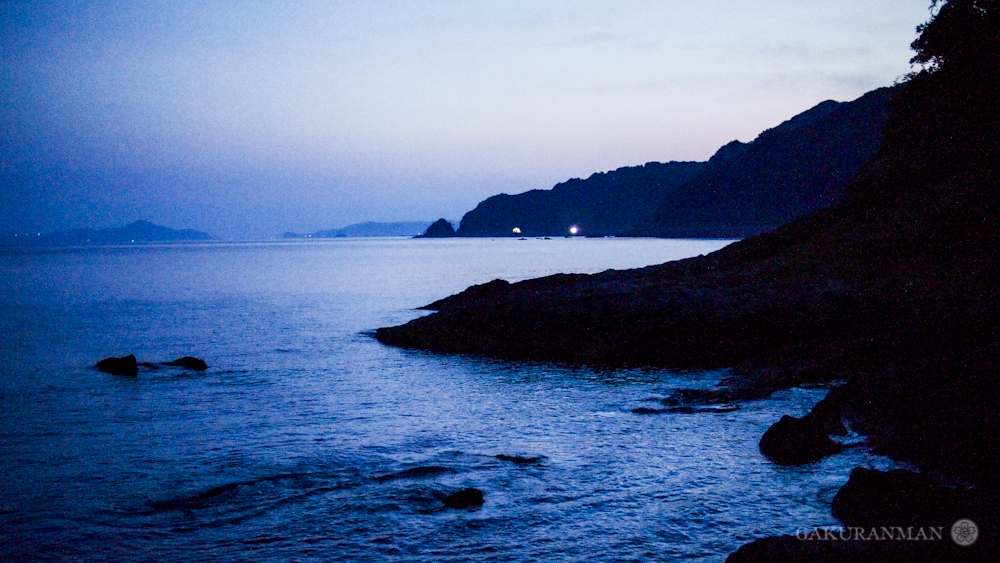
It was that such meeting that led to me sitting in a dimly-lit car at
4.30am off the coast of Nagasaki. Munching on some adzuki bread in the
passenger seat, I carefully eyed the figures of the local fisherman
outside as they lit up their cigarettes.
“Those bastards. Look at them puffing away. The sun hasn’t
even peaked out yet! If any more of them come, there isn’t going to be
enough space on the boat…”
“Don’t worry, don’t worry”, Ikumi comforted me. “It’ll be fine. But
what about those people over there..? Don’t they look like photographers
to you? Haikyoists, perhaps?”
They did indeed. A couple of young Japanese guys, one wrapped up in
the typical ‘couldn’t-care-less’ head towel and another with a camera
draped around his shoulder.
“Might have company today…” Ikumi murmured.
It was something like Ikumi’s 6th time to visit Battleship Island. I
felt as though I was in capable hands. She’d briefed me on the safety
aspects beforehand and how our efforts may be in vain if the weather
suddenly turned.
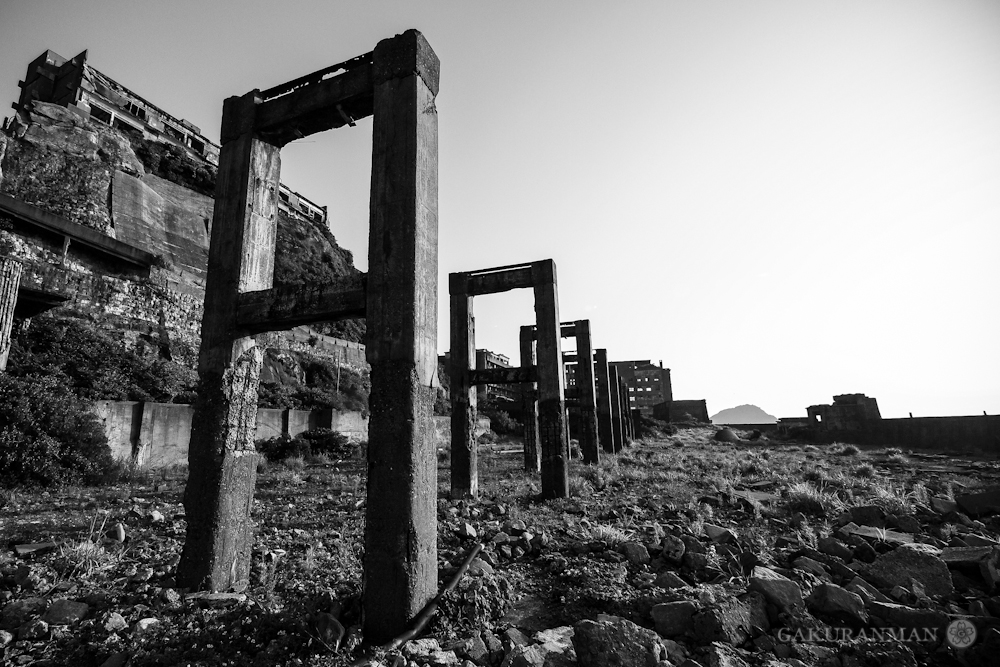
Not long after, the fisherman began hustling aboard a boat. Ikumi
ushered me to follow and we liaised with the captain. A quick nod and we
were setting foot onto something seaworthy with our two photographer
friends following behind. Now all we had to worry about was the landing.
Apparently due to tumultuous tides and whimsical weather, being able to
dock a boat on Gunkanjima can be as difficult as infiltrating the
island itself.
Fortunately, today was to be my lucky day. One calm sea and one
Battleship Island cast in a cold morning gloom stretched before us.
Before we knew it, we had passed the sea wall surrounding the island and
were breathing heavily inside.
I’m in! my brain whirred. Right, where’s my E-P1 and that ultra wide Panasonic 7-14mm lens..? And tripod. Check. Alrighty then…
The regular tour boats would be circling the island in just a few
short hours, so we’d need to make haste. So much to see! So much to
shoot! I didn’t quite know where to point my camera at first, but the
infamous Jigokudan (地獄段) staircase (above) lay before me. It is known as
the Staircase to Hell because, apparently, running up the steps will
exhaust you to the extent that you feel hellish pain. No time to attempt
it today though…
Snap snap. Hmm… Maybe a different angle would bring out this shot better..? Snap.
“Come on!” called Ikumi. “We’ve got to hurry.” I quickly followed her
and noticed our two photographer friends disappearing off on an
adventure of their own.
Tiny, Yet Huge
Gunkanjima only measures 1.2km in circumference. Less than half a
kilometre lengthways, I was surprised at how much smaller it was than I
had been expecting.
That’s not to say we got to take a good look at everything though.
With stopping to take pictures and getting lost in the undergrowth
enveloping the old buildings, the time quickly passed. Most of it was
spent taking exterior shots. I figured that we may be blessed twice and
get back the following morning too. That would be reserved for interior
exploration.
As it so happened, we were blessed, but even with two landings we
couldn’t begin to capture the full scale of the island. Block 65 (65棟),
the huge, towering concrete monstrosity that housed a great many of the
island’s worker’s back in its heyday lived up to its reputation (below).

Ikumi had been chatting to me about how she’d like to do a sweep of
the place and take a picture of every room, but after thoroughly
investigating the top couple of floors, we realised it would take a good
day or two to really see everything this island has to offer. We didn’t
even get to see half of Block 65 on our second day, but managed to find
a few of the mysterious relics left lying around.
Most of the rooms were empty, save for rotting tatami mats and broken
doors, so it took time for us to discover things of interest. When we
did though, the feeling was so much more powerful. One such oddity we
hunted high and low for was the old children’s toy Poron-chan (ぽろんちゃん) –
one of those self-righting dolls. Not quite the cutie anymore though…
Advancing onwards, Ikumi dipped under a ledge and took me inside
another of the buildings.
Clambering up a couple of flights of stone
steps, we peered out into the narrow gap between the buildings with
trees spewing out of the crevices. Nature slowly reclaiming the land. I
hastily set up my tripod, snapped a few shots and dashed off again after
Ikumi, shooting video footage as we moved. There was no other way with
the limited time we had.
Around the far side of the island, a vivd blue morning sky stretched
out over the old school building. Making good use of my wide angle lens,
I just about managed to cram the whole thing and the next door hospital
in. No time to look around inside much though.

Hopping out from the school we poked our heads inside the hospital.
This island really did have everything – except for a cemetery – but
only the bones of rusted medical equipment and a decapitated manikin
remained. Looks like this old girl has seen better days too, judging
from this old magazine cover I tracked down online…
The early morning sun on both days was stunning. With all the
hidey-holes and interesting architecture Gunkanjima had to offer, we
often stumbled across beautiful scenes of destruction. Here’s one such
shot of Ikumi enjoying the fleeting golden rays.
And yours truly striking the Gakuranman pose in a moment of
excitement. Ikumi snapped a good amount of decent shots as we darted
around, including the cracker at the top of this post and the eerie
blue-tinted shot of some buildings. She claims her interest in
photography is only secondary to her love of the explore, but I reckon
she’s got some talent!
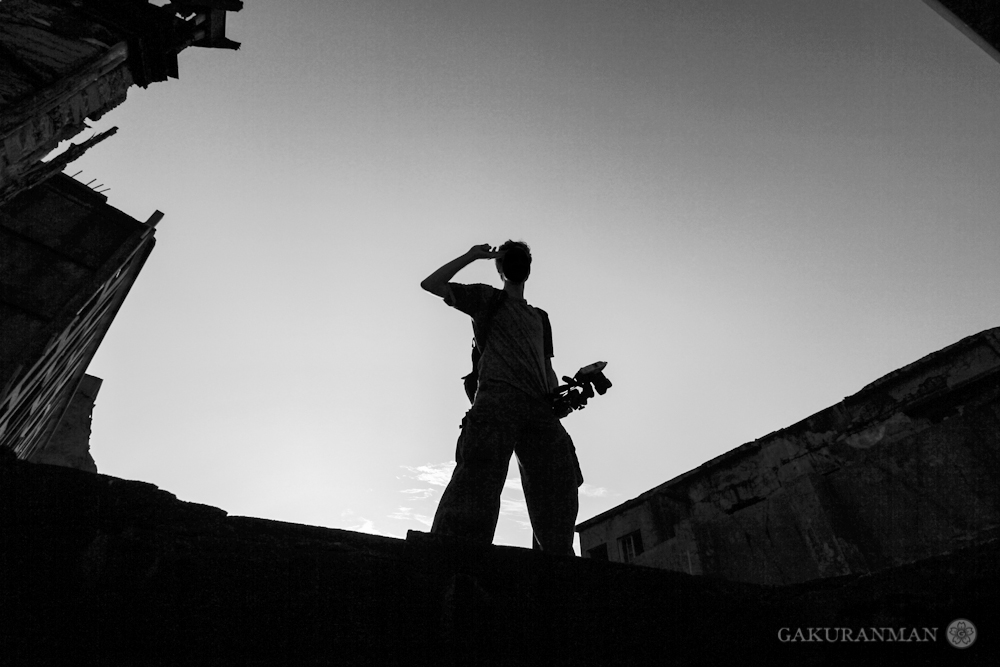
Temporarily trapped?
It felt like we’d only just arrived but time soon crept up on us. By
the end of the second day, I was frantic trying to see every last thing I
could. This may be the one and only chance I had to explore the
legendary Battleship Island, so I didn’t want to miss anything.
“Mike, come on! The boat will be here soon!” came an irritated voice a
couple of floors down. I was standing alone in the dim light of Block
65, trying to photograph an old Mitsubishi sewing machine.
“Okay, okay. I’m coming..!”
Snap…snap.
“Now!!”
Some of the dust fell off a nearby ledge and I could hear the rumble of our boat in the distance.
As fate would have it, departing on the second day wasn’t so easy.
Waiting for our ride with our backs to the inside of the sea wall, we
heard a strange voice.
Fishermen, perhaps..? There were fisherman dotted around the edges of the island, after all…
But no, not fisherman. The voice gradually got louder and louder and
it was then that we realised… The voice was from a loudspeaker on an
approaching boat!
Damn! It’s still way too early for other boats…what the hell?? I thought. Ikumi gave me a quiet, but not altogether unperturbed look. What could it be?
Turns out it was a passing tourist boat with some guy on the loudspeaker chatting about the history of Gunkanjima.
“Nobody allowed on the island for many years…completely deserted and
dangerous…” said the electronic voice. I couldn’t help but smile and
continued to hold my breath as the ship sailed by.
Safely back on our boat, we relaxed a little as we headed back to
land, Hashima slowly getting smaller and smaller. I must have taken a
few dozen pictures as we sailed away, as if desperately trying to cling
to the island’s disappearing form. Ikumi looked over some of the
pictures we’d taken. She’s taken to wearing a gas mask in pictures at
the haikyo she visits, so this time she asked me to bring the gakuran (a
Japanese schoolboy jacket) to do a collaboration.
A balaclava to complete the outfit and we were set – Ninja Gakuranman
and Gas Mask Ikumi! I dare not think about just how high those
crumbling ledges were that we sat upon…
Once back to shore, we thanked our captain and breathed a satisfied
sigh of relief as we sank down into the seats inside our car. There was
still a full day’s worth of haikyo explorations ahead, including a
gruesome love hotel, picturesque shipyard and majestic torpedo training
facility. But those are stories for another time. Gunkanjima was done
and at least some of its secrets unearthed. But just how long will it be
before it beckons us again..?
*****
The Mysterious Island in Skyfall: Hashima / Gunkanjima
Recently I spotted an article in the Nagasaki Shimbun noting that the latest 007 James Bond film, Skyfall,
features the Japanese ghost island of Hashima (端島), otherwise known as
Gunkanjima (軍艦島) – ‘Battleship Island’. Readers of this website will
undoubtedly remember my illicit account of urban exploration on the real island itself back in 2010. Recommended reading for anybody curious about how the island really looks these days!

As a tribute to the new Bond film, I’ve decided to upload some
unreleased shots from when I returned to help film the documentary ‘Forgotten Planet‘ with the Discovery Channel on the island in 2011 – a follow-up of sorts to the original documentary ‘Life After People‘ on the History Channel. Enjoy!

Hashima: The Real Ghost Island
It might not look it, but the warship-shaped Gunkanjima is actually
very small, measuring just 480m long x 160m wide. It was once the most densely populated city in the world
– the packed apartment blocks being filled with miners and their
families. The population reached a peak of 5,259 in 1959 – a density of
835 people per 10,000 square metres (100m x 100m) for the whole island,
or 1,391 people per 10,000 square metres in the residential district
alone. But it was not to last.
The owner of the coal mines, Mitsubishi Mining Company, shut them
down in 1974 due to the rise in use of petroleum. With no further reason
to remain there, the residents of the island were all forced to return
to the mainland and, thinking nobody would ever return, left their many
possessions behind to slowly degrade under the harsh sea elements.
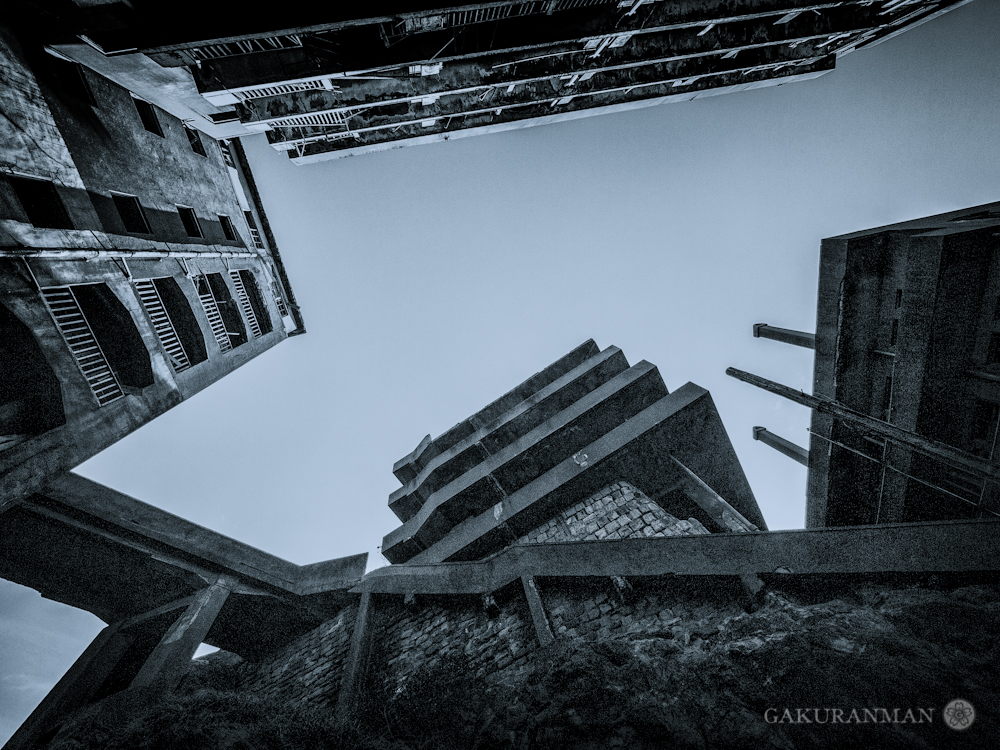
Despite its small size, exploring the island on my first trip was very demanding, simply because I only had a couple of hours
to circle the towering structures, shoot my pictures and leave before
the first patrol boats arrived. My friend and I received quite a shock
when a tourist boat, evidently the early bird, passed by the island
recounting the history over loudspeakers!
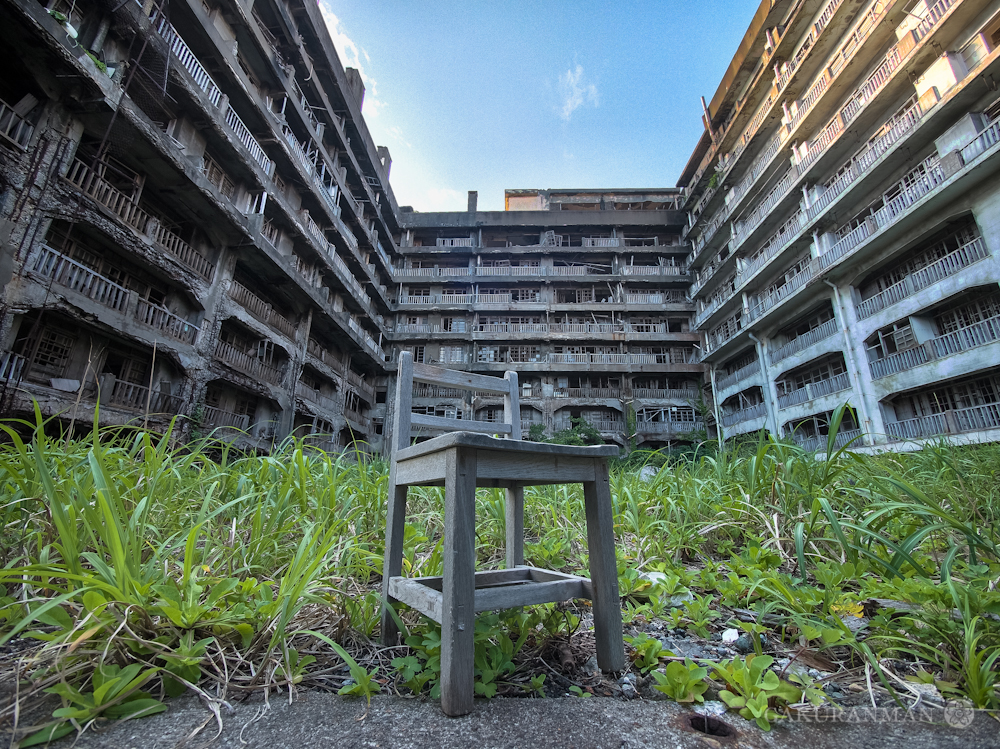
While filming the documentary however, we were afforded two full days
and granted access to pretty much everywhere on the island. The crew
was a great bunch, made up of several local filmmakers from Nagasaki,
director Jim Hense (sitting below),
3D cameraman Tom Collins, fixer Noriko Uchida, myself and of course, the
passionate former resident of Hashima, Doutoku Sakamoto. Sakamoto leads
a noble campaign to have Gunkanjima recognised as a World Heritage Site, as well as talking about his younger years on the island and the accompanying history on the official Gunkanjima tours that depart from Nagasaki.
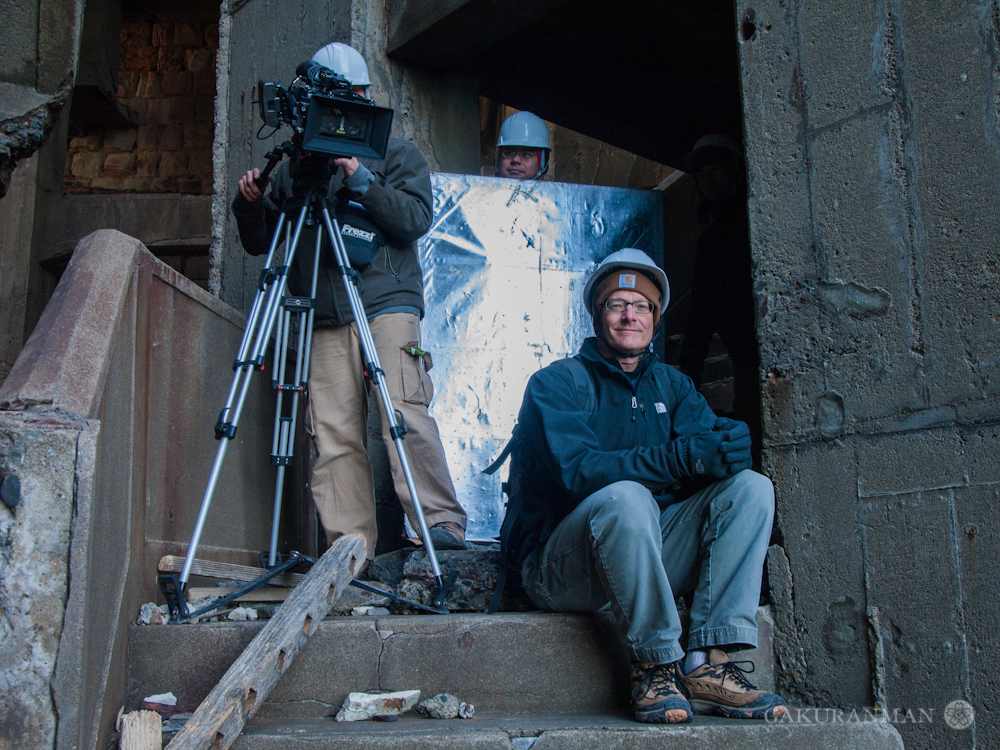
Needless to say, as an eager photographer and urban explorer, I was
giddy with delight at both being featured in the final documentary as an
amateur historian, and the chance to explore more of the nooks and
crannies on the island that I had missed on my first exploration.
One particular goal of mine was to find the elusive television set,
which is simply breathtaking to behold in its weathered, rusting state. I
found it, resting solemnly in an empty room, like an eye looking back
into a world long since past…
Although I’ve yet to see the new Bond movie myself, from what I
gather Gunkanjima was used as the inspiration for the deserted island
lair of the villain, Raoul Silva. The actual island itself does not
feature heavily in the film, but a set modelled on the ghost town was
constructed at Pinewood Studios in the UK for filming purposes. I must
say, some of the screens I’m coming across look pretty awesome! I will
definitely head out to see the movie when it is released over here in
Japan.
As lucky as I’ve been to document the island’s decay and talk briefly
about its history, I feel like I’ve only just scratched the surface of
this city. The abandoned island is no wild phantom of the imagination;
it’s a very real and very moving place, rich with both heart-warming
personal stories and shocking tales perhaps best left unheard.
For now though, I leave you with these humble images. I hope over the
coming years that I may again have the chance to visit this crumbling
paradise and talk in more detail about its past and the people who lived
there.

Until then, fellow adventurer!
Related Reading:
Blitz Britain: Amazing Colour Pictures of London Under Siege From Nazi Bombers During World War II
Oradour-sur-Glane: When The Nazis' Guns Fell Silent, This Is What Was Left
The Dark Secret Of The Woman In Hitler's Bathtub: How War Photographer, Lee Miller, Was Raped As A Child And Forced To Pose Naked By Her Father
The Little One That Got Away: Incredible Stories Of Jewish Children Who Survived The Nazi Holocaust
When I Met Hitler, Mussolini And Saw The Devastation At Dunkirk: Astonishing Images From A German Soldier's Photo Album
Islamic-Naziism
Life In The Concrete Jungle: Hustle And Bustle Of Seventies New York City As Seen Through The Eyes Of One Gifted Photographer
A Country Divided: Stunning Photographs Capture The Lives Of Ordinary Americans During Segregation In The Jim Crow South
When Harry Truman Saved The White House: Photos Of The Gutted Interior Of A National Monument
What We Learned From @OWS and @ChikFilA: A Photo Essay Of Left And Right Protests
Hard Times Come To Omonia Square
Day of FAIL: Nationwide Anti-Capitalist Revolution Flops
Shocking Disasters Of The 20th Century: From The Hindenburg To Le Mans, Historic Pathé Footage Reveals Events Which Shook The World
The World War One Wasteland: Haunting Rare Image Show Apocalyptic Destruction On The Western Front
Gunkanjima: Ruins Of A Forbidden Island
Cartoons From The Great Depression
How The Seven Dwarfs of Auschwitz Fell Under The Spell Of Dr Death: The Hideous Experiments Carried Out By Nazi Josef Mengele On Seven Trusting Brothers And Sisters
The Year Of Vengeance: How Neighbours Turned On Each Other As Anarchy Erupted In The Aftermath Of World War II
The Face Of The Great Depression: Mona Lisa Of The Dust Bowl "Never Lost Hope"
Haunting Images Of Churches Across The World That Were "Drowned" To Make Way For Man-Made Dams And Reservoirs
The Tracks Of My Years: Photographer Captures A Decade-Long Adventure Spent Travelling Across America On Freight Trains
Abandoned, Beautiful, Creepy, Modern Ruins
Old Photos Of Jews In The Middle East And North Africa In The Late 19th Century
A Century of Korean Dynasty On Film: The Fascinating, Opulent Life of the Joseon Family In One, United Korea
They Pretend They're "Sane And Rational." We Pretend They're "Relevant."
Inside Mussolini's Secret - Unfinished - Bunker
More to come...
http://tinyurl.com/c56ozsq
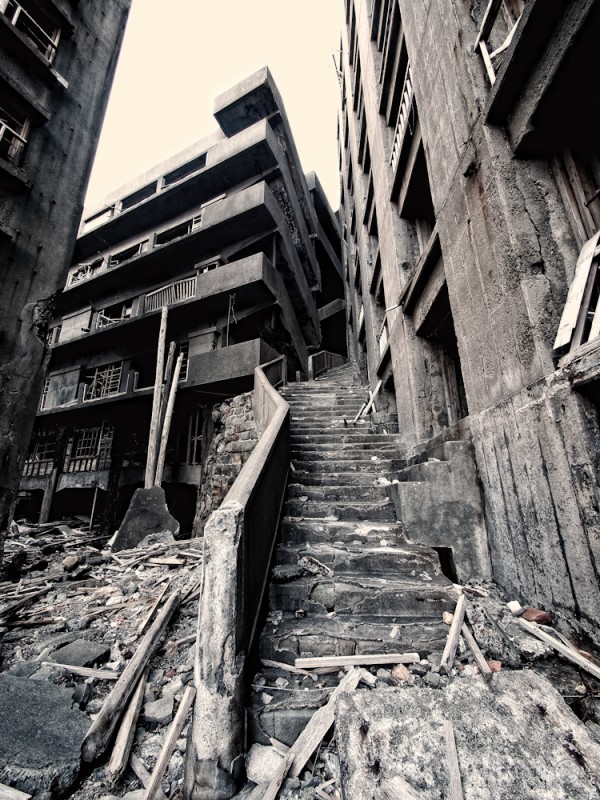
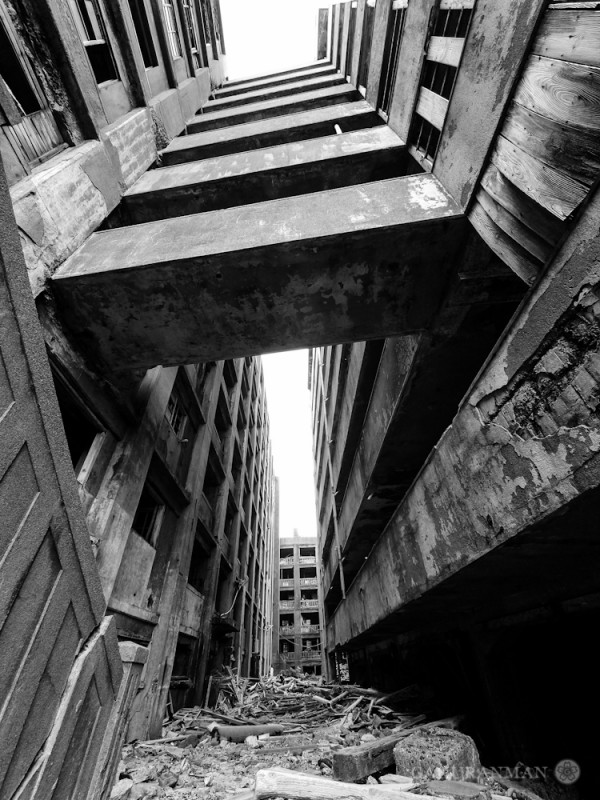
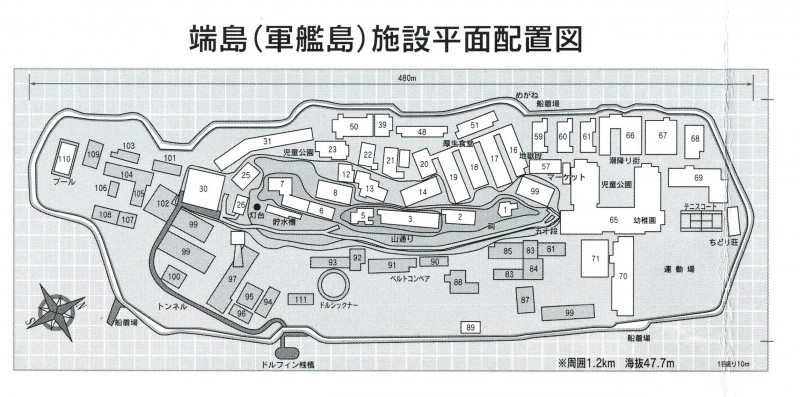
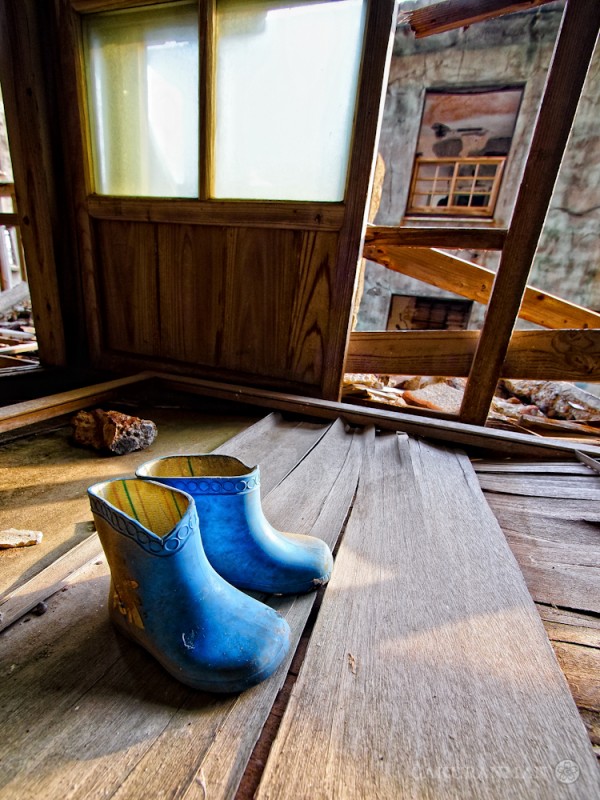
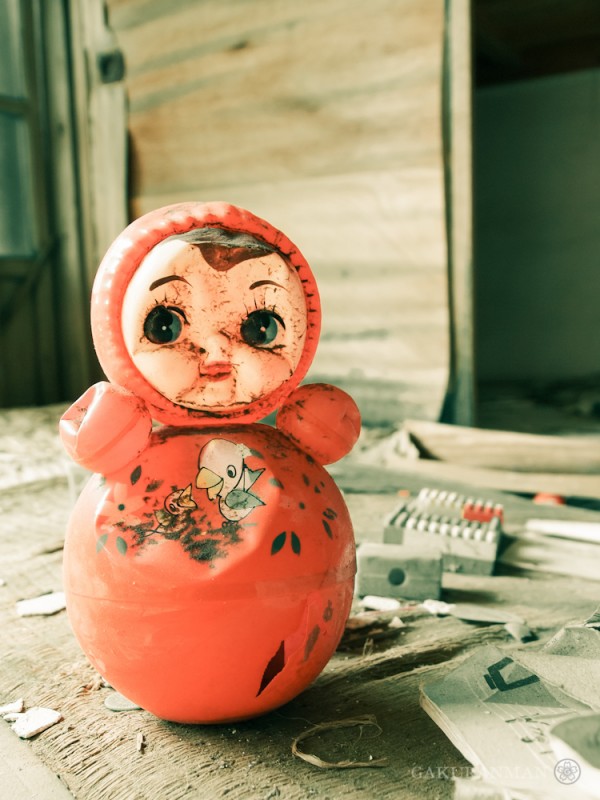

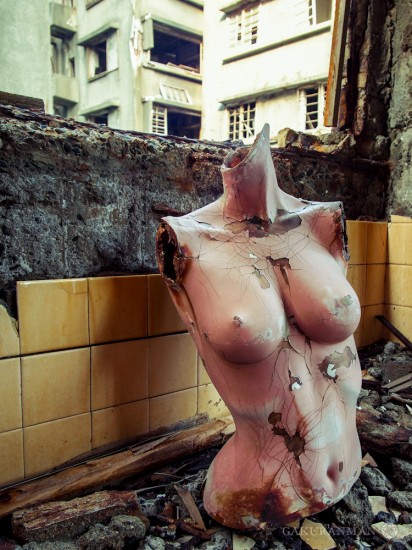
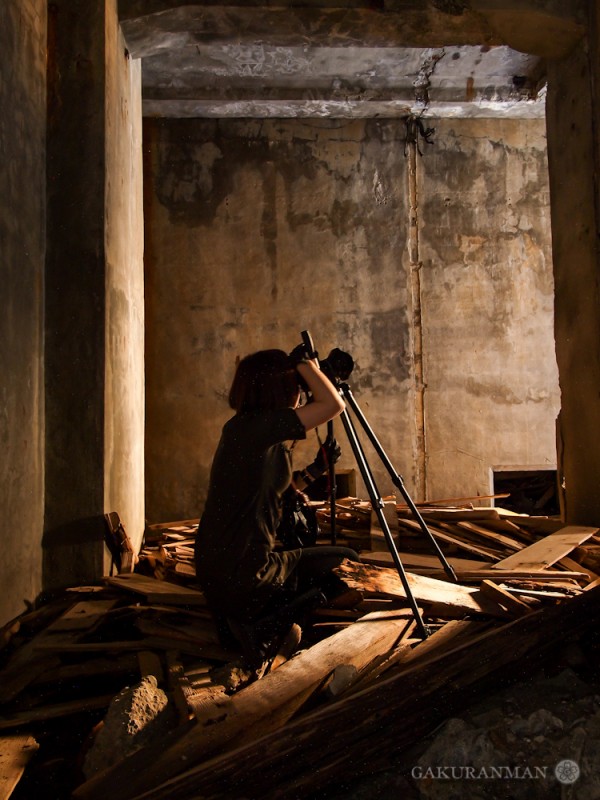
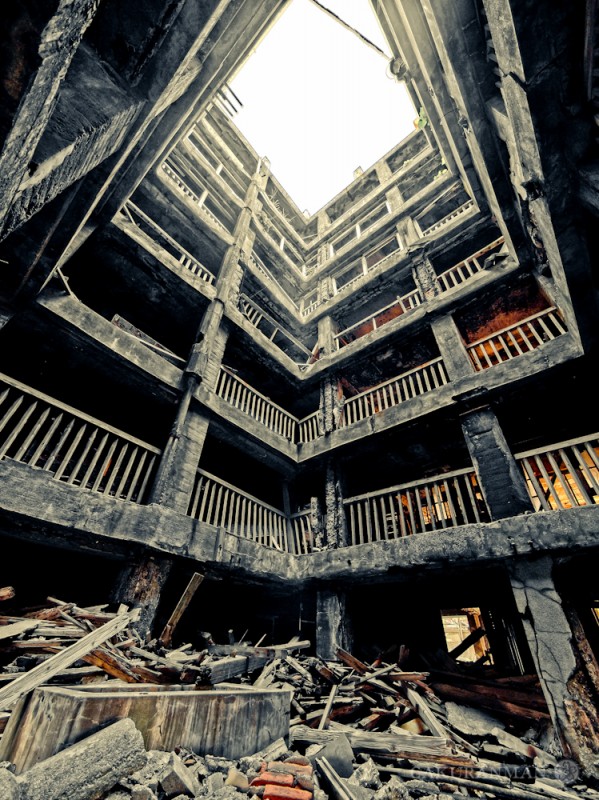
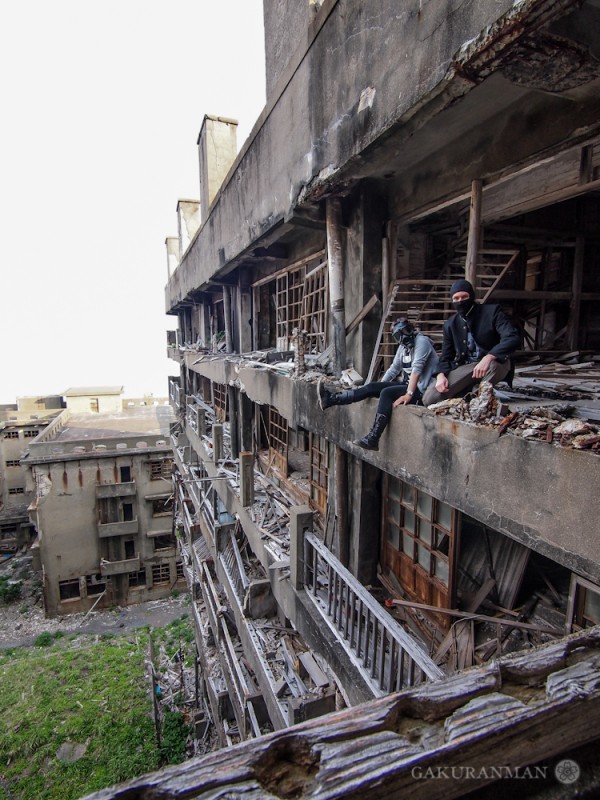

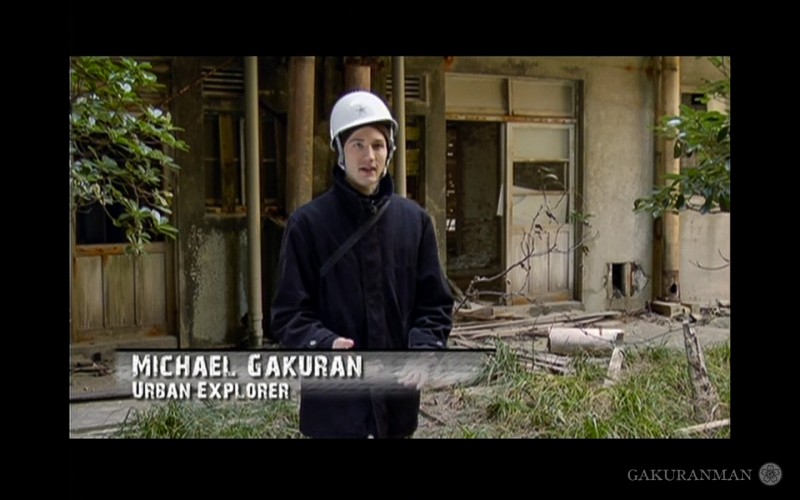
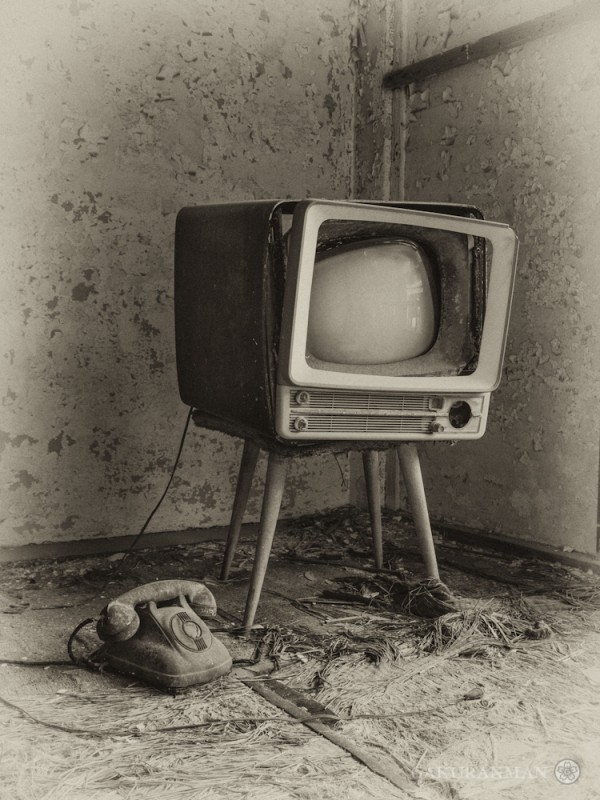
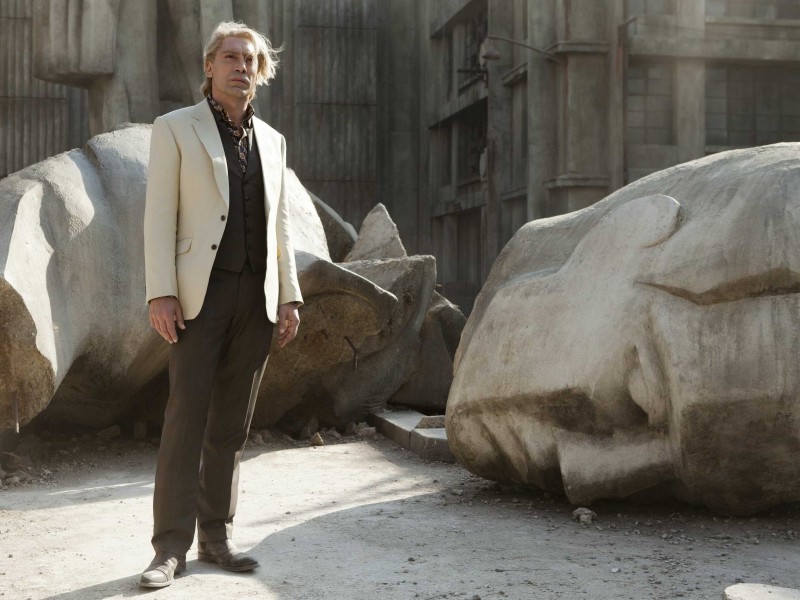
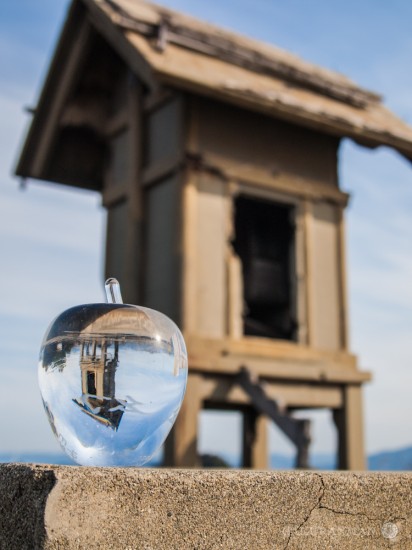
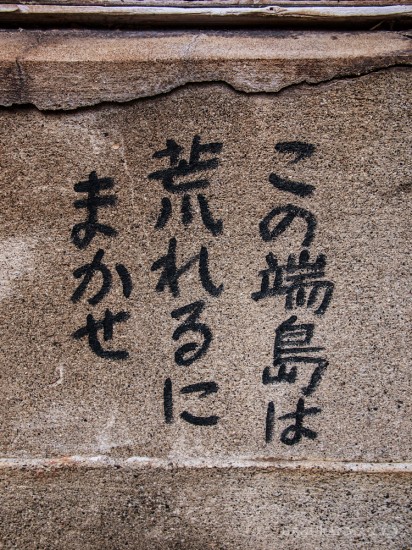
No comments:
Post a Comment